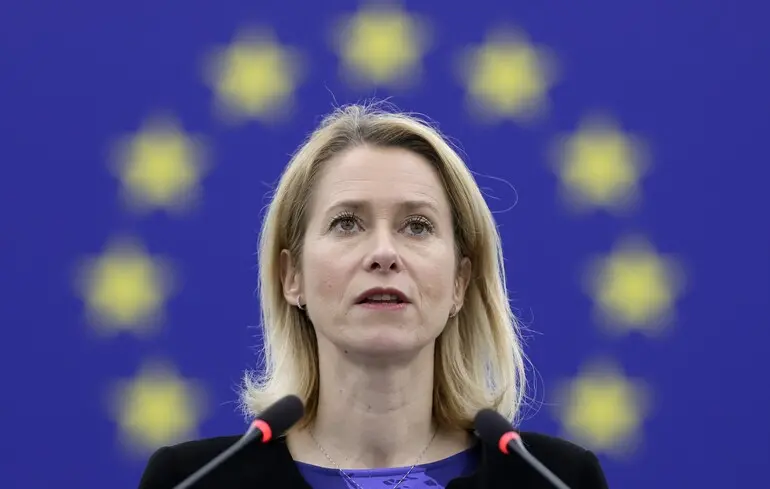The Future of Frozen Russian Assets: Could Confiscation Be the Key to Ukraine’s Victory and Global Stability

Refusing to return frozen Russian assets without Kyiv’s fulfillment of reparations conditions remains a critical aspect of European policy regarding sanction regimes.
According to Kaja Kallas, the EU’s High Representative for Foreign Affairs and Security Policy, it is impossible to envisage the assets frozen within the EU being returned to Moscow until Russia pays reparations to Ukraine—whose sovereignty and territorial integrity are under threat.
Her statements, made ahead of a meeting of EU foreign ministers in Copenhagen, highlighted that approximately 120 billion euros worth of Russian assets are currently frozen across the Union.
Ukraine and several EU countries advocate for confiscating these funds to support Ukrainian citizens and aid the country’s rebuilding process.
However, nations like Germany, France, and Belgium—holding the majority of these assets—have expressed skepticism, citing legal and procedural concerns.
Diplomats note that future discussions are likely to revolve around how these funds could be utilized post-war to aid recovery efforts.
There is also growing debate about whether these frozen assets could serve as a formidable tool against aggressors or, conversely, pose a risk of becoming a liability for the West.
The core issue remains: legal frameworks are crucial in deciding whether, how, and when these assets can be used or confiscated, without undermining the international legal order or setting precedents that could weaken sanctions regimes in the future.

